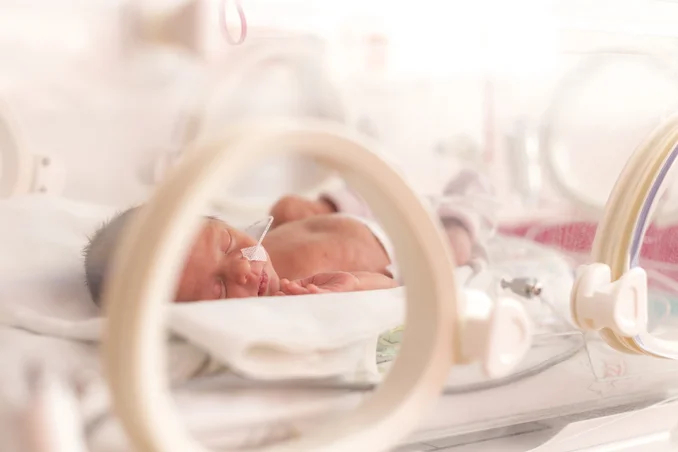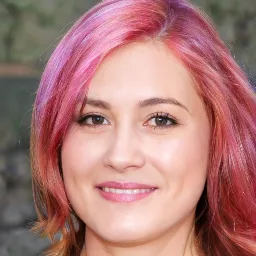Unexpected Effects of the Opioid Epidemic
Table of Contents
With the opioid epidemic continuing to rise throughout the United States, record numbers of Neonatal Abstinence Syndrome have been recorded throughout the nation. As 2017 came to a close, the Indiana Department of Health worked to gather data on the reported numbers of NAS throughout the state.
24 Hour Addiction Treatment Hotline – Get Help Now
(877) 633-0053
What is Neonatal Abstinence Syndrome?

When a mother who is carrying a child consumes a substance, that substance is passed to the child through the womb. If a mother is addicted to and uses drugs during pregnancy, the fetus will become addicted to that chemical as well. All drugs, whether it be opiates, cocaine, benzodiazepines, and even alcohol, can cause NAS in the child, but the rates of opioid addiction in newborns have been increasing exponentially.
When the baby is born, depending on the frequency and quantity of use, many of those who suffer from neonatal abstinence syndrome show side effects similar to that of an adult who has been abusing opiates, such as:
- Premature birth
- Low birth weight
- Birth Defects
- Tremors
- Irritability (as shown by excessive, high pitched crying)
- Sleep Difficulties
- Low Appetite
- Excessive yawning, sneezing, watery eyes
- Seizures
- Vomiting and Diarrhea
- Dehydration
- Fever
Neonatal Abstinence Syndrome Records in Indiana
Starting in 2016, the Indiana Department of Health began collecting data at four hospitals in the state. In a year, the data collection has spread out over 27 hospitals throughout Indiana, and the results are more than alarming.
One of the first four hospitals to be involved in the study (since 2016) was Community Health’s Indianapolis East Hospital. Out of the babies that have been born and tested since 2016, 20% of them have been exposed to opioids before birth.
Beyond that, the data released shows that at least 16% of babies throughout the 27 hospitals that have been involved in the study have also been exposed to opioids while still in the womb.
“What this proves is that it’s a true epidemic” states Donetta Gee-Weiler, vice president of the Women and Children’s Services at Community Health Network.
The director of the Indiana Health Department Maternal and Child Health Division, Martha Allen, states that as of now, Indiana ranks above the national average for neonatal abstinence syndrome and that it may actually be worse than they realize, since not every baby that is born is being tested. Not to mention, only 27 of the hospitals throughout the state have become involved with the study.
What Happens to the Babies?

Upon birth, it is largely up to the doctor and what substance the baby is addicted to that will determine the treatment options. Depending on birth weight, the severity of withdrawal, and the substances present, each baby can be at risk for different side effects. Many babies are found with both opiates and benzodiazepines in their systems, so seizures can be a real threat.
The first step after diagnosis is the proper regimen of medication and, if necessary, IV treatment to help keep the infant hydrated and nourished, especially if they are unable to eat and suffer from severe diarrhea.
The medications will often be those that are similar to the ones that the mother was using during pregnancy, this will help the baby be weaned off of those drugs in a slow, safe way. These medicines, as much as it pains me to say this, consist of morphine, methadone, and buprenorphine.
Administering a high-calorie baby formula is often crucial in the treatment of babies with neonatal abstinence syndrome because their lack of appetite and inability to properly intake nutrients will need to be counteracted.
Usually, the treatment time frame for these babies can be anywhere from 5 to 30 days.
Examples from the Other US States
According to a statement from the Centers for Disease Control and Prevention, between the years 2000 and 2012, NAS reports went up by 383%. In the state of Ohio, the CDC estimated that in the year 2013, 24,000 drug-dependent babies were born, that’s one baby every 20 minutes.
In Tennessee, eighth district attorneys have filed lawsuits against opioid manufacturers on behalf of local babies born with NAS. The state reports having record numbers of NAS, with some counties reporting 8 times the national average.
Hospitals in both Ohio and Tennessee have been forced to open entirely new Neonatal wings specially designated for babies who suffer from neonatal abstinence syndrome.
The states with the highest records of NAS are (via a study from 2012):
- States including Utah, Colorado, Nevada, Idaho, Arizona, New Mexico, Wyoming, and Montana: 5-10 out of every 1000
- Maine, New Hampshire, Vermont, Massachusetts, Connecticut, Rhode Island: 10-15 out of every 1000
- Tennessee, Kentucky, Louisiana, Alabama: 15-20 out of every 1000 births
** The entire east coast, ranging from Michigan and Indiana to New York State, to Florida, all average around every 5-10 babies per 1000
Nationwide Problem
It is easy to place blame on the mother, especially if this were a localized, one in a million case. However, with rates of neonatal abstinence syndrome continuing to rise, and showing no signs of slowing, it is clear that the issue here has become less about moral failings and more about the epidemic that is ravaging the country.
Opioid manufacturing has shown no sign of slowing, despite overdose rates, NAS rates, and addiction rates. The government is currently in the process of removing nationwide health care, which will put millions out of insurance coverage. A large portion is people in underprivileged areas, who are the highest numbers of people with opioid addictions.
24 Hour Drug Rehab Hotline – Get Help Now
(877) 633-0053
“When you see those babies scream, you see them claw, you see them shake, it makes the problem really, it’s not an abstract policy problem. It’s not a lawsuit. It’s a baby that never had a chance.” – Sullivan County, Tennessee – Attorney General, Barry Staubus.
Anna M. joined Find Addiction Rehabs with extensive experience in the field of addiction treatment. As a former Nurse Practitioner in Miami, she found her passion for addiction treatment when a family member was lost to his disease. With each article and resource, she hopes to save other families from experiencing the anguish of a loved one’s passing due to drinking or drugs.


